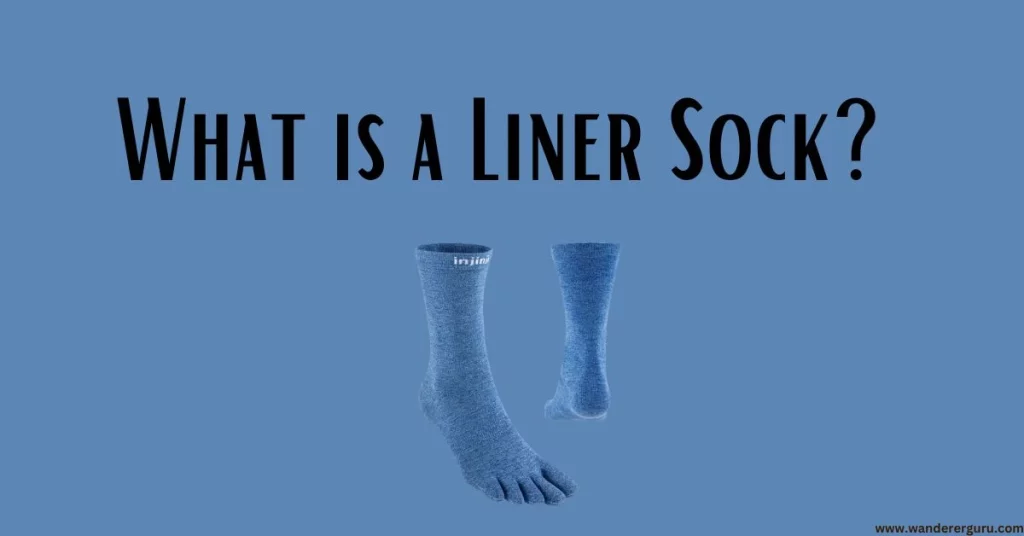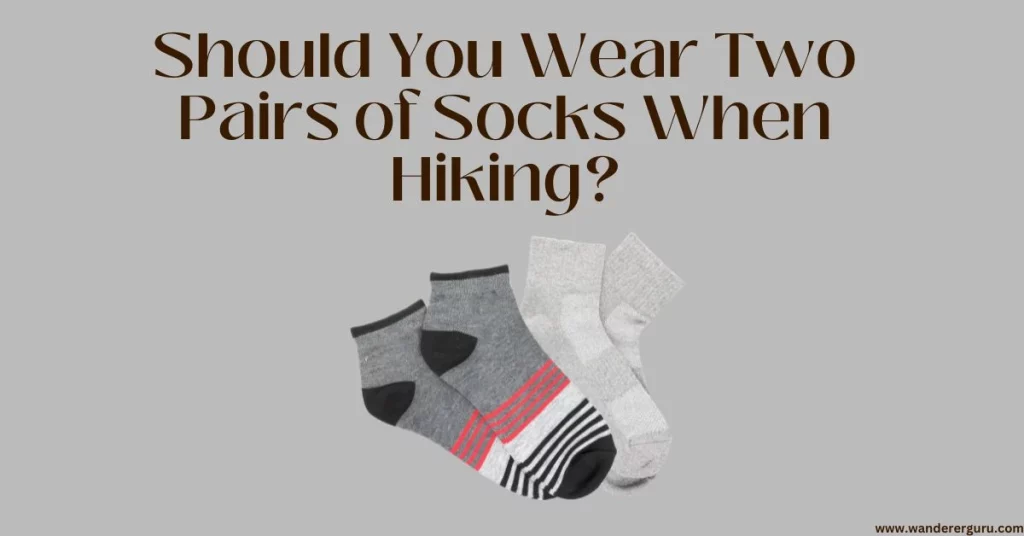Hiking provides an escape into nature, but foot comfort is crucial for an enjoyable experience. One debated topic among enthusiasts is whether wearing two pairs of socks enhances comfort and reduces blisters. Delving into this, we’ll explore the pros and cons to help you make the best choice for your feet.
How Many Pairs of Socks Do I Need?
The number of socks you need primarily depends on the length and nature of your hike. For day hikes, having an extra pair in your backpack is advisable in case the ones you’re wearing get wet or uncomfortable. For multi-day hikes, it’s wise to pack a fresh pair for each day or at least every other day, especially if conditions are wet or extremely sweaty.
Wearing Two Pairs of Socks: The Pros and Cons
Wearing two pairs of socks can have a lot of advantages and disadvantages. Some of the advantages and disadvantages are mentioned below:
Advantages:
- Reduced Friction: The primary advantage of wearing two pairs of socks is to minimize friction. The inner sock slides against the outer sock, reducing the friction on the skin, which can help prevent blisters.
- Moisture Management: A thin inner sock can wick away moisture from your foot, keeping it drier and more comfortable.
- Extra Cushioning: An additional layer can provide more cushioning, offering added comfort during long hikes.
Disadvantages:
- Overheating: Wearing two pairs can cause feet to become too warm, especially in hot conditions.
- Reduced Breathability: Extra layers might reduce the breathability of your footwear, leading to sweaty feet.
- Tight Fit: Adding an extra sock layer might make your boots too tight, causing discomfort or even affecting circulation.
Bonus:
Are hiking socks necessary? Tested & Reviewed Tips
What is a Liner Sock?

When discussing wearing two pairs of socks, it’s important to understand what a liner sock is. A liner sock is a thin, lightweight sock that’s worn underneath a thicker hiking sock. Its primary role is to wick moisture away from the foot and reduce friction, which can lead to blisters. Liner socks are typically made from moisture-wicking materials like synthetic fibers or merino wool.
How To Choose Hiking Socks That Prevent Blisters?
Choosing the right hiking socks is crucial in blister prevention. Here’s a guide:
- Material: Opt for moisture-wicking materials like merino wool or certain synthetics. Avoid cotton as it retains moisture and can increase blister risk.
- Fit: Your hiking socks should fit snugly without being too tight. They shouldn’t bunch up or have loose areas.
- Thickness: Depending on the climate and your preference, choose the appropriate thickness. Some people prefer thick socks for cushioning, while others go for thin ones for better breathability.
- Seam Construction: Look for socks with minimal seams or seamless construction to reduce potential friction points.
Conclusion
While wearing two pairs of socks (a liner and an outer sock) can have its advantages in blister prevention and comfort, it’s not a one-size-fits-all answer. Consider factors like the type of terrain, your hiking boots, personal comfort, and the weather before making a decision. And always remember, choosing the right hiking socks and ensuring they fit properly is the key to happy hiking feet. For more ideas visit my Pinterest.
FAQs
Do toe socks prevent blisters?
Ans: Toe socks can help prevent blisters by reducing friction between toes. Each toe wraps individually, minimizing skin-on-skin contact and reducing the chance of forming blisters, especially during long walks or runs.
Does double socks prevent blisters?
Ans: Wearing double socks, with a moisture-wicking liner beneath a cushioned outer sock, can reduce friction on the foot, potentially decreasing blister formation. The inner sock wicks away moisture, while the outer sock provides cushioning.
Does wearing two pairs of socks make your feet colder?
Ans: Wearing two pairs of socks can actually make your feet warmer by trapping more air, which acts as an insulator. However, if moisture is trapped due to non-breathable socks or tight-fitting shoes, it can make feet colder in chilly conditions.
Do wool socks prevent blisters?
Ans: Wool socks are effective in managing moisture, which can reduce the risk of blisters. Merino wool, in particular, wicks away sweat, keeping the foot dry and less prone to blister-causing friction. The natural cushioning of wool also adds comfort.
Bonus:

